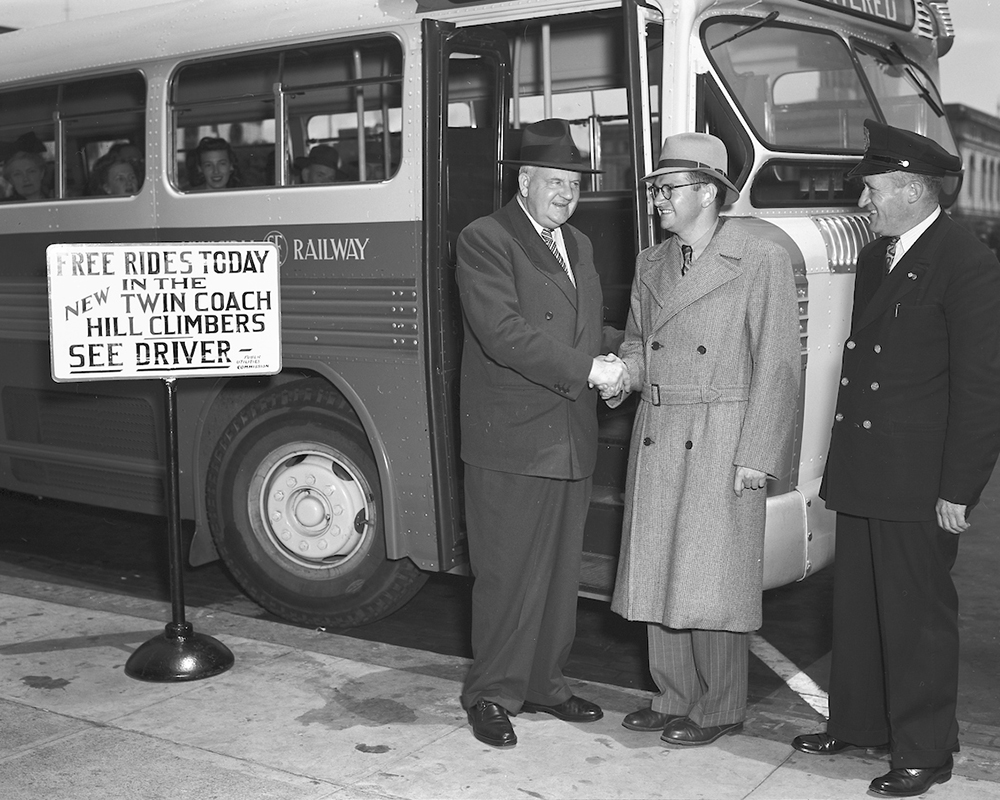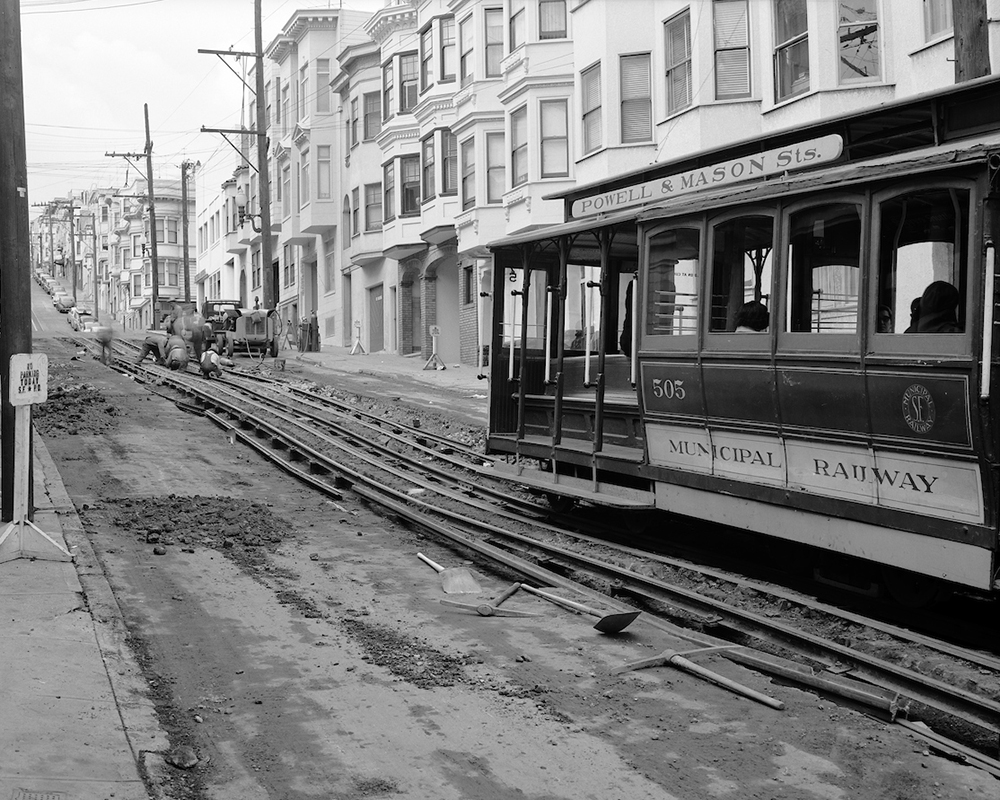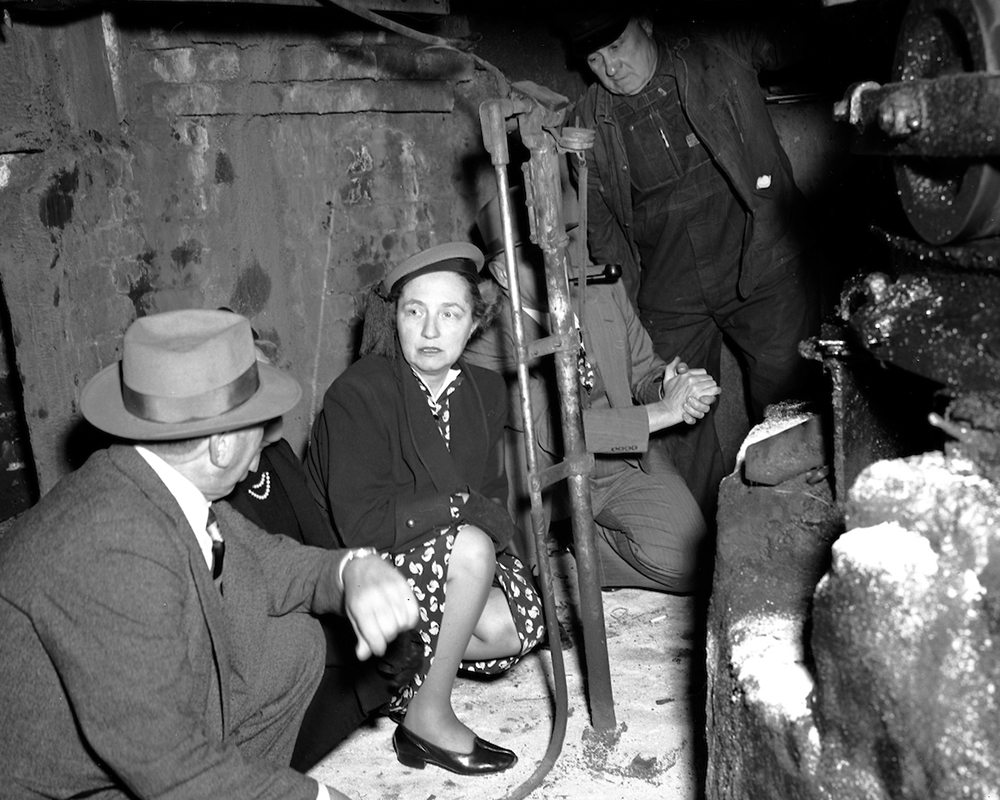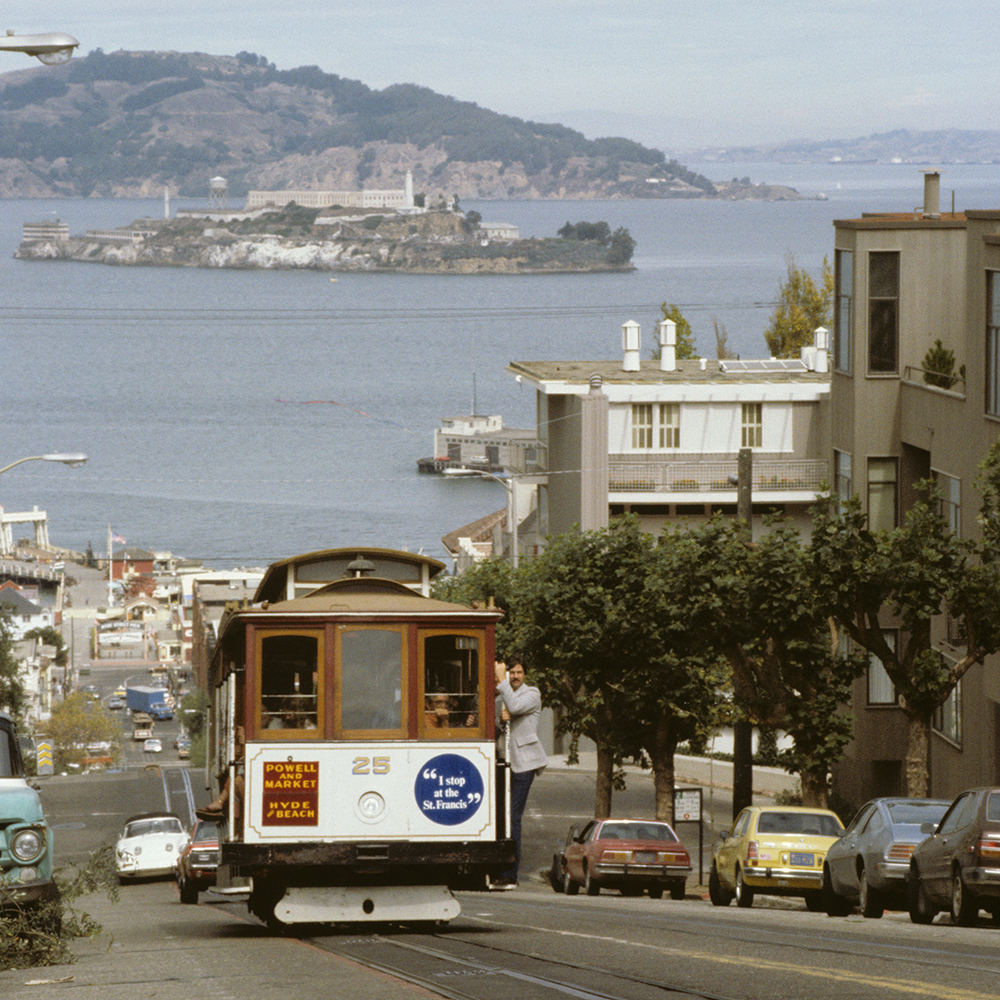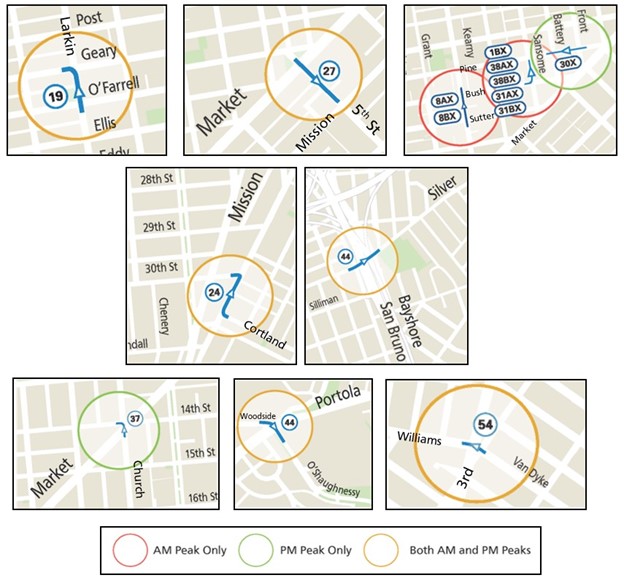By Andrea Buffa
The west side of San Francisco is home to some of San Francisco’s most beloved recreational destinations — Golden Gate Park, the Presidio, Lake Merced, Fort Funston and Ocean Beach, among others. But many of these natural attractions — and others like Mt. Sutro and Twin Peaks — are also geographic barriers that can make travel to and from the west side of the city more difficult.
This may be one reason why three out of four people traveling within, to or from the west side do so by personal car. It’s also why we need to make sure there are more safe, reliable and affordable transportation options between west side neighborhoods and other citywide destinations.
This month we released an interactive website, San Francisco’s West Side on the Move, describing local experiences, transportation challenges and solutions in neighborhoods from the Richmond and the Sunset to Lake Merced, Parkside and West Portal. The website pulls together our latest efforts to make it safer and more convenient for people on the west side to get where they need to go. Our goal is for people who want to take Muni to have reliable and frequent service; for those who want to walk or bike to have safe streets; and for people who drive to face less congestion.
Beyond the geographic barriers that impede west side travel, other transportation challenges on the west side include street closures caused by construction projects and frequent closure of the Great Highway for sand removal. Street transformations that began during the pandemic, like Slow Streets and the closure of some roads in Golden Gate Park to cars, also altered some residents' trip patterns. We've been listening to and collaborating with community members on the west side about how to better address these challenges and meet their needs as well.
San Francisco’s West Side on the Move describes the solutions we’ve implemented or plan to implement soon on the west side. Our Transit team has already made major strides in improving west side Muni lines like the 38 Geary and 5R Fulton Rapid using tools like red transit lanes, bus bulbs and smart traffic signals. Travel times on the 38 Geary are up to 20% faster than they were previously, and travel times on the 5R Fulton Rapid are up to 12% faster. We’ve also improved travel times on the 1 California and the N Judah.
While the L Taraval Improvement Project is still in construction, it has already delivered important safety benefits. On the completed section of the L Taraval, which finished on time and on budget, pedestrian injuries decreased by 60%. Improvements like this are vitally important in all San Francisco communities, and especially so in this part of the city which is home to so many older adults and families with small children.
When it comes to reducing congestion, we are adjusting signal timing to keep up with changing traffic patterns, adding turn lanes and restrictions in key locations and providing more loading zones in commercial areas to reduce double-parking. We also monitor the network for opportunities to improve bottlenecks, such as the recently re-opened MLK Drive between Chain of Lakes Drive and Sunset Boulevard.
To slow down traffic on residential streets and make walking and bicycling safer and more enjoyable, we’re using traffic calming tools like speed bumps to slow vehicle speeds. In 2021, the SFTMTA invested in a comprehensive package of traffic calming measures in the Outer Sunset to address local concerns. Monitoring indicates that traffic speed and volume was reduced, which ideally creates safer conditions for all road users.
While the Slow Streets program has provided valuable, safe routes for people who walk, bike and roll, we've heard from residents that they're not working well for every community, particularly the Sunset. There, the Sunset Neighborways program is replacing Slow Streets to create a network of safe streets for active transportation. The emphasis of Sunset Neighborways will be on slowing down traffic to improve safety, rather than restricting it. In the Richmond, Anza Street is a key corridor for biking and active transportation, and in response to community requests for a better east-west bike route through the neighborhood, we added bike lanes and safety improvements like speed cushions to slow traffic and create a street that can be easily and safely shared by cyclists and drivers.
By releasing San Francisco’s West Side on the Move, the SFMTA hopes to deepen its dialogue with west side community members about what’s working well and what can be improved when it comes to keeping the west side moving. Please share your ideas by emailing WestsideProjects@SFMTA.com
Should we say how important the decrease in pedestrian injuries is so significant given how many seniors and families with small kids live in the area?
Published October 29, 2022 at 02:49AM
https://ift.tt/RT6Bypo

